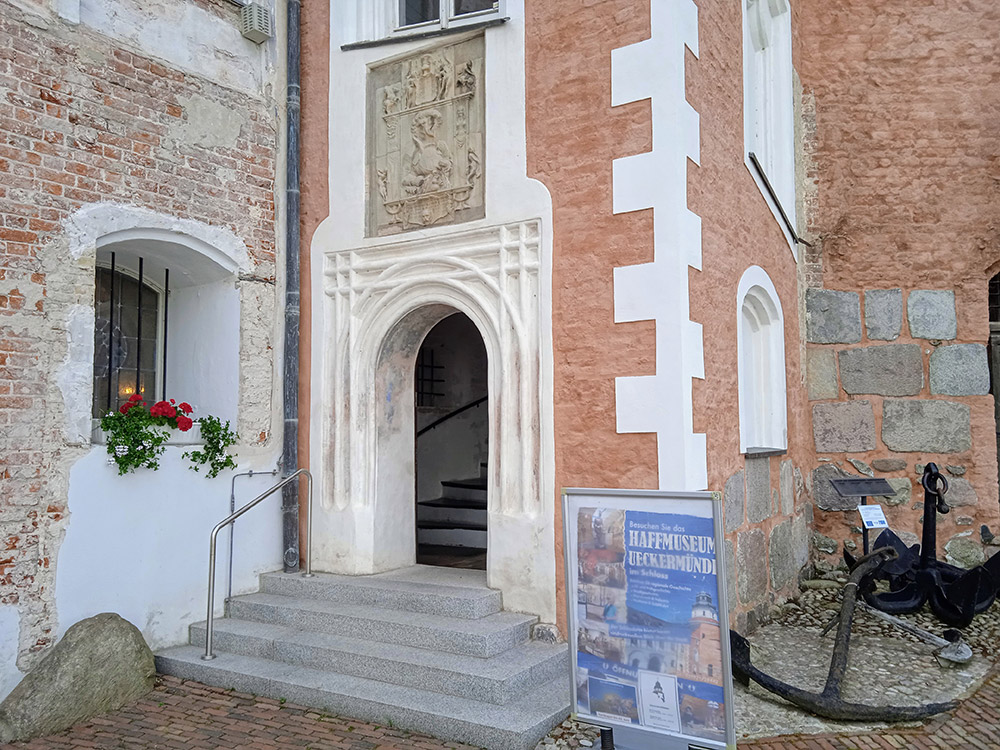at the Haffmuseum from 17.07.24 – 30.09.24
The art and form of expression of sand painting
The history of sand painting goes back a long way. Differentiated forms of expression can be found all over the world. Sand painting is very widespread among the Navojos of North America, for example. There, sand paintings are still used today for ritual and religious purposes. In other parts of the world, sand painting is used to convey spiritual messages, such as in Tibet.
Nowadays, sand painting has regained popularity – among other things through depictions of sand performance and images such as those created by Angela Kaiser.

Sand painting by Tibetan monks
The Tibetan tradition of sand mandalas dates back to the 8th century AD, when it was first introduced into Buddhist practices. Sand painting by Tibetan monks has developed and refined over the centuries.
One of the main characteristics of sand painting in Tibet is that it has spiritual references, is executed with great precision, often includes mandalas and symmetrical depictions and has a reference to the universe and sacred symbols. To symbolise the transience of life, the paintings are destroyed again after completion, which often takes days or even weeks.
Sand painting of the Navajos
Navajo sand painting, known as “sand paintings” or “dry paintings”, is also an ancient art form. Historical estimates and archaeological findings indicate that this tradition is at least several centuries old. The art form practised by the Navajos is traditionally used mainly in healing ceremonies. The depictions have spiritual and ritual significance. As part of the traditional ceremony, the images created are destroyed again to emphasise the temporary and spiritual nature of the art. However, there are now numerous Navajos in North America who paint traditional motifs, slightly modified, on a solid surface and offer them for sale to tourists.
Aboriginal sand painting
Aboriginal sand painting, often referred to as “ground painting”, has a very old tradition dating back thousands of years. Archaeological finds and radiocarbon dating of sites in Australia show that the Aboriginal culture is 40,000 to 60,000 years old. Within this long time span, many artistic and cultural practices have developed, including sand painting.
Like the Tibetan monks, the Aborigines of Australia use sand painting as part of their cultural and spiritual rituals. The paintings often tell stories of the “Dreamtime”, the mythological era of creation. This art form is often used in conjunction with dances, chants and other rituals.
Sand painting in the Canary Islands and Madeira
On the Canary Islands, especially on the island of La Palma, there is a tradition of sand painting, which is practised during the Corpus Christi processions. Here, temporary coloured sand carpets are created on the streets, often with religious or cultural motifs.
Madeira has similar traditions to the Canary Islands. Here too, coloured sand carpets are created during religious festivals. One notable example is the Festival of Flowers (Festa da Flor), during which flower carpets and sand paintings adorn the streets of Funchal.
Sand painting in the Arab world
Sand painting in the Arab world (more commonly known there as sand art) is a traditional art form that is particularly popular in the desert regions of the Arab world. The Bedouins use coloured sand to fill bottles or other containers with detailed designs, often depicting images of camel caravans, desert landscapes or stylised animals.
Zen garden: sand as a design element IN garden design
The Zen garden is probably the most popular and best-known form of artistically designed Japanese garden today. It originated around 2,000 years ago. The Zen garden is influenced by Buddhism and Taoism and by the principle of yin and yang. The four main elements of a Zen garden are stones, water, moss and trees. In this type of garden, water is replaced by gravel and sand. The Zen garden is a place of tranquillity and mediation.
Zen garden miniatures are still a relatively new development, but have quickly found a large following not only in Japan.
Sand painting in contemporary art
In recent decades, sand painting has also developed as a contemporary art form. Artists around the world use sand to create both temporary and permanent artworks. These modern interpretations often incorporate new techniques and materials and are presented in conjunction with exhibitions, ceremonies and performances.
The sculptural sand painting developed and practised by Angela Kaiser is shown and explained in this exhibition using various exhibits.

